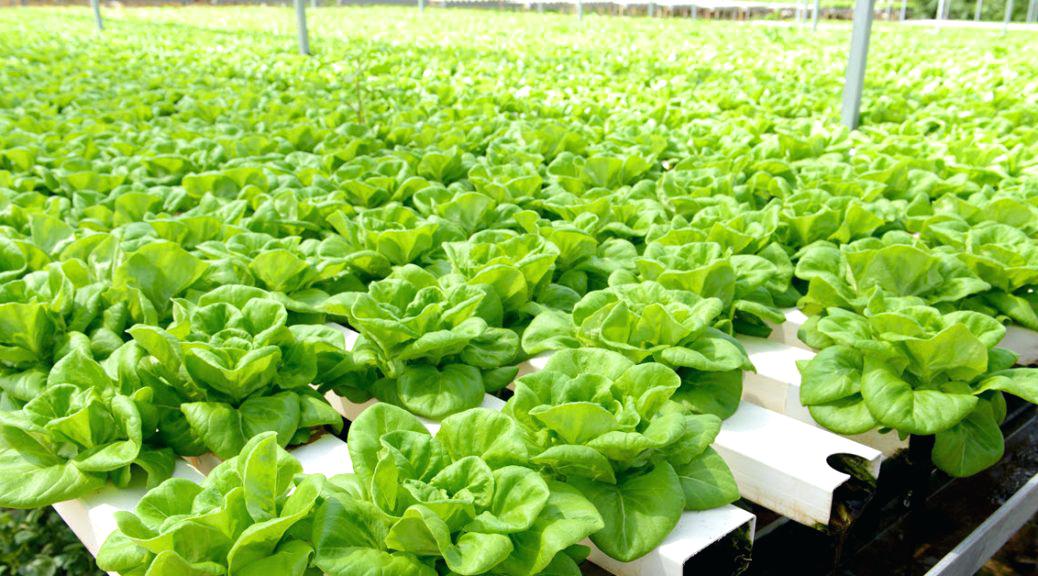Business
Wardrobe Essentials: Building a Timeless Fashion Collection
Are you looking to build a timeless fashion collection that never goes out of style? Look no further! In this article, we will guide you through the essential pieces and accessories you need to create a versatile wardrobe.
By investing in high-quality items and incorporating trends in a balanced way, you can achieve a fashion-forward yet timeless look.
Get ready to elevate your style and create a lasting impression with these wardrobe essentials.
The Importance of Versatile Basics
You need to understand the importance of versatile basics in building a timeless fashion collection.
Versatile basics are the foundation of your wardrobe, providing endless styling possibilities and ensuring that your outfits always look polished and put together.
These essential pieces, such as a classic white button-down shirt, a well-fitted pair of jeans, and a little black dress, can be dressed up or down to suit any occasion.
By investing in quality basics, you can create a range of different looks without constantly buying new clothes.
They are the building blocks of your personal style and can be mixed and matched with trendier pieces to create a variety of outfits.
Classic Silhouettes: A Foundation for Timeless Style
Classic silhouettes provide a solid base for creating a timeless style. When building your fashion collection, it’s essential to have key pieces that will never go out of style. Think of classic silhouettes as the building blocks of your wardrobe.
These timeless shapes, such as the little black dress, the tailored blazer, and the straight-leg jeans, are versatile and can be dressed up or down for any occasion. By investing in these staple pieces, you ensure that your style will always remain chic and sophisticated.
Classic silhouettes are not only fashionable but also practical. They can be easily mixed and matched with other items in your wardrobe, allowing you to create endless outfit options.
Must-Have Accessories to Elevate Your Look
Accessorizing is a great way to elevate your look and add a touch of personality to your outfits. With the right accessories, you can take a simple outfit from ordinary to extraordinary.
Start by investing in a few must-have pieces that can be mixed and matched with different outfits. A statement necklace can instantly dress up a plain tee or add a pop of color to a little black dress. A stylish belt can cinch in your waist and create a more flattering silhouette.
Don’t forget about the power of a great handbag or pair of shoes. They can completely transform your look and make a statement.
Investing in High-Quality Pieces: Building a Lasting Wardrobe
Investing in high-quality pieces ensures that your clothes will last longer and save you money in the long run. When you opt for well-made garments, you are making a smart choice for your wardrobe.
High-quality clothes are constructed with durable materials and superior craftsmanship, meaning they can withstand regular wear and tear without losing their shape or falling apart. This translates to fewer trips to the store to replace worn-out items, saving you both time and money.
Additionally, investing in timeless, high-quality pieces means you can create a versatile wardrobe that can be mixed and matched for years to come. Classic styles never go out of fashion, so you won’t have to constantly update your wardrobe to keep up with trends.
In the long run, investing in high-quality pieces is a win-win situation for your style and your wallet.
Incorporating Trends: Balancing Timelessness and Fashion-Forwardness
When it comes to incorporating trends into your style, finding a balance between timeless pieces and fashion-forwardness is key.
It’s important to stay current and experiment with new trends, but at the same time, you don’t want to completely abandon classic and timeless pieces that will always be in style.
One way to achieve this balance is by investing in staple items that can be easily mixed and matched with trendier pieces.
For example, a well-fitted pair of jeans or a classic white button-down shirt can serve as the foundation for your outfit, while allowing you to incorporate trendy accessories or statement pieces.
Remember, trends come and go, so it’s essential to choose wisely and select those that truly resonate with your personal style.
Don’t be afraid to take risks, but always stay true to yourself and what makes you feel confident.
Conclusion
In conclusion, building a timeless fashion collection is all about investing in versatile basics, classic silhouettes, must-have accessories, and high-quality pieces.
By incorporating these elements into your wardrobe, you can create a lasting and stylish collection that stands the test of time.
Remember to balance timelessness with fashion-forwardness by incorporating trends in small doses, ensuring your look remains current without sacrificing its timeless appeal.
With these tips, you’ll be well on your way to creating a wardrobe that is both timeless and fashionable.



